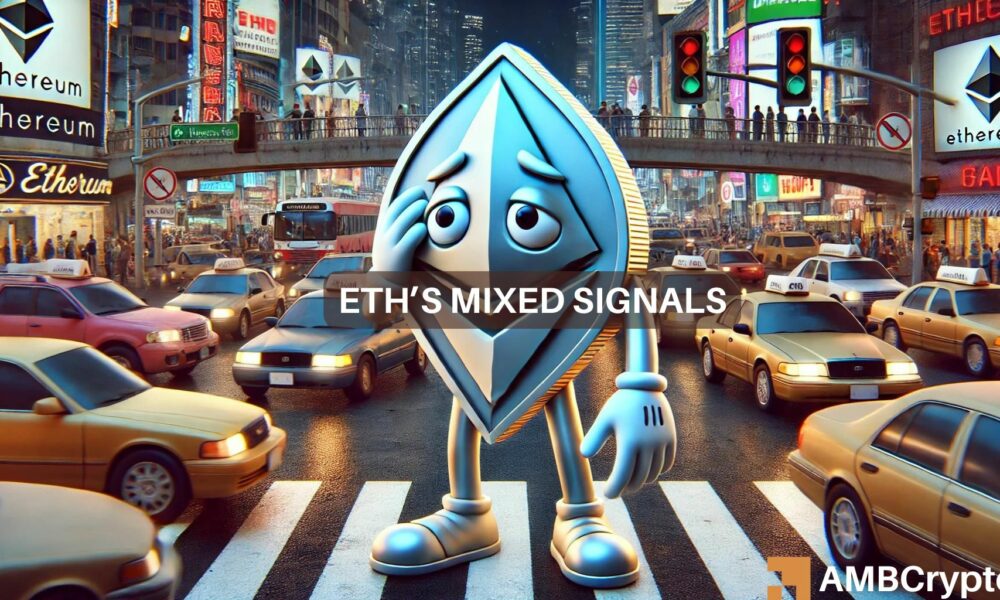Ethereum’s leadership is currently under scrutiny due to conflicting messages regarding its long-term plans and the perception of ETH’s value. Recently, Justin Drake, a member of the Ethereum community, compared ETH to companies like Nvidia and Apple, suggesting that the cryptocurrency could achieve multi-trillion-dollar valuations based on its transaction fees.
Drake mentioned,
“Ethereum is akin to large businesses such as Nvidia and Apple, and could potentially achieve multitrillion valuations solely through transaction fees. Additionally, there is potential for ETH to serve as money, collateral, and the backbone for decentralized stablecoins.”
Differing Opinions on the Value of ETH
However, some developers and founders within the Ethereum ecosystem expressed disagreement with this perspective from the leadership. Sam Kazemian, the Founder of DeFi platform Frax Finance, was one of the critics.
Kazemian argued that likening ETH to Nvidia or Apple could hinder its growth potential compared to Bitcoin and might not be in the best interests of the altcoin’s success.
‘ETH currently generates $1 billion in annual revenue. To match Apple’s revenue, we would need a 385x increase, which would require ETH to grow 11 times to match Apple’s valuation. Is this a viable strategy for ETH?”
He believed that evaluating ETH solely based on revenue streams from fees may not adequately position it to compete with Bitcoin.
“Considering Ethereum as a large corporate entity with valuation based on fee revenues may help it catch up or even surpass BTC?”
Kazemian maintained that ETH’s primary value should be as a ‘store of value’ (SoV) and a foundation for the DeFi ecosystem.
Insights from ETH Leadership
While Bitcoin is often referred to as “digital gold,” Ethereum has struggled to present a clear and compelling narrative for potential investors. The emphasis on “programmable money” and “digital oil” has not resonated as expected with the audience.
The vision for Ethereum’s DeFi sector has also witnessed conflicting perspectives among its leaders. Vitalik Buterin, for instance, has shown reservations about relying solely on DeFi for Ethereum’s growth.
On the other hand, figures like Kazemian and Uniswap’s Hayden Adams believe that DeFi plays a crucial role in bolstering ETH’s value.
According to analysts at Coinbase, these divergent views on DeFi have made it challenging for new investors to grasp Ethereum’s value proposition, thus impacting market sentiment negatively.
Furthermore, ETH transaction fees have significantly decreased since the London upgrade in March, driving users towards Layer 2 solutions due to cheaper transactions.
This shift has led to a divide within the community regarding adjusting transaction fees in order to enhance the value proposition of Ethereum’s Layer 1 network, especially given the inflation concerns post the London upgrade.
Overall, these internal challenges have further eroded investor confidence in ETH.
As a result, ETH has been losing ground to Bitcoin, exemplified by a yearly low on the ETH/BTC ratio, indicating a 44% decline in ETH’s value relative to BTC over the past two years.

